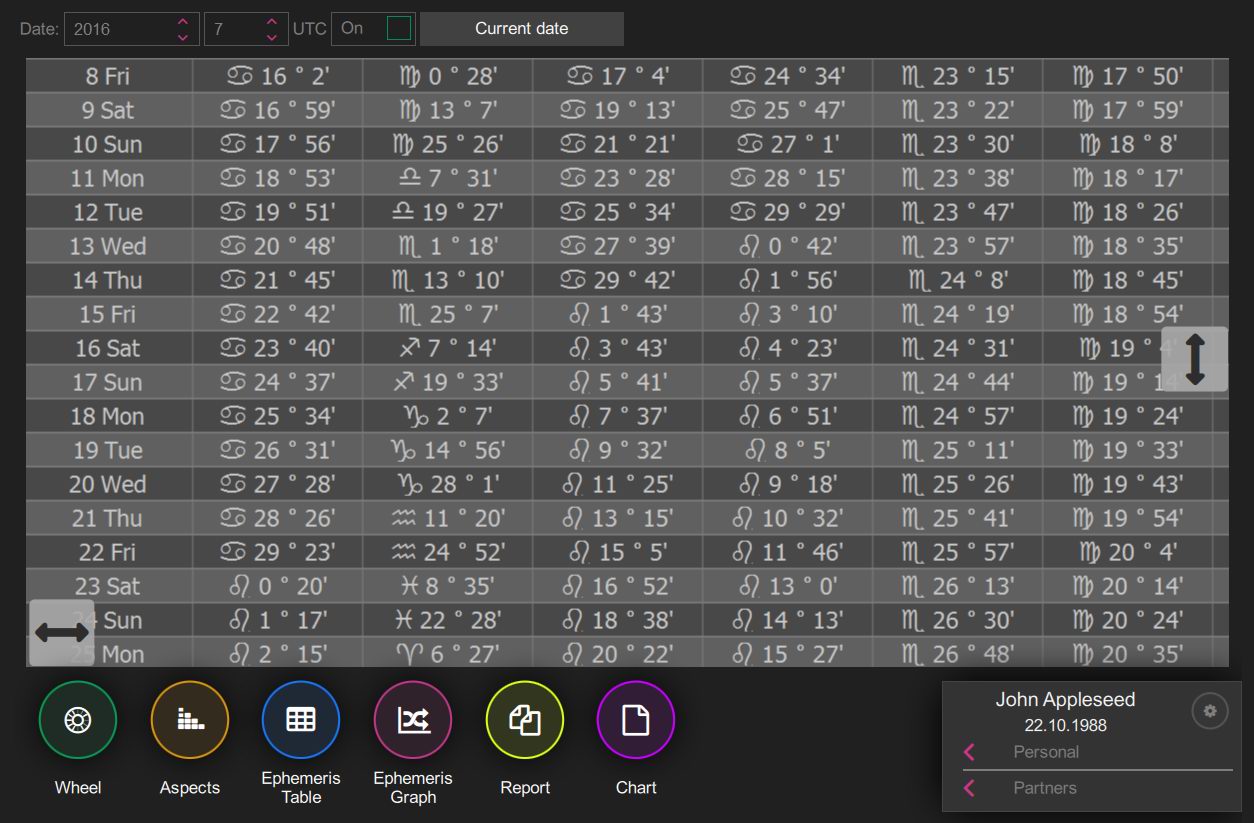Jul 02, 2020 Always backup a Mac before running beta software you if go that route. Of course you may also be curious about the other new operating systems coming and what they will support and run on, so check out a list of iOS 14 compatible iPhone models and iPadOS 14 compatible iPads too.
If you try to start up your Mac from a hard disk, network volume, or Time Machine backup that contains an incompatible version or build of macOS, you might experience one or more of these symptoms:
- Your Mac doesn't finish starting up, or displays a prohibitory symbol at startup.
- You see a message that you're using an unsupported or incorrect version of the Mac operating system.
- Your Mac doesn't respond to your trackpad, mouse, or keyboard.
- Apps unexpectedly quit.
- Your Mac doesn't sleep or wake.
- You don't hear any sound from your Mac.
- The fans in your Mac are louder, because they're spinning faster.
- The image on your display appears to shrink, has black bars around it, or appears tinted.
- You can't use Bluetooth or Wi-Fi.
Which Mac operating systems are compatible?
The version of macOS that came with your Mac is the earliest version compatible with that Mac. To find out whether your Mac is compatible with a later version of macOS, check the system requirements:
If your Mac won't start up from a compatible version of macOS, it might require a specific build of that version. To get the correct build, reinstall macOS or upgrade to a later version of macOS.
Learn more
- To restore a Time Machine backup that was created on a different Mac, use Migration Assistant.
Moving from your PC to your new Mac? Consider it done.
With macOS, you can move all the information from your old PC to your new Mac. Built-in Windows-to-Mac migration in macOS automatically transfers your documents, music, contacts, calendars, and email accounts (Outlook and Windows Live Mail), and puts them in the appropriate folders and applications on your new Mac. Just like that.
Work with anyone.
Every Mac comes with Pages, Numbers, and Keynote — powerful productivity apps from Apple that help you create stunning documents, spreadsheets, and presentations. You can collaborate with one person or many people to create and edit Pages, Keynote, and Numbers files. And everyone can work on the same document at the same time — from across town or across the globe. You can also open, edit, and save Microsoft Word, Excel, and PowerPoint files with these apps, so you can easily work with others, regardless of whether they’re on a Mac or PC.
Use Microsoft Office for Mac. Connect to Microsoft Exchange Server.
Fun fact: There’s a version of Microsoft Office written just for Mac. So you can use Word, Excel, and PowerPoint on a Mac just like on a PC.
macOS also provides built-in support for the latest version of Microsoft Exchange Server. So you can use all the apps you love on your Mac, and have access to your mail, contacts, and calendar from the office, all at the same time.

Access your files from anywhere with iCloud.
Your Mac comes with iCloud Drive, which lets you safely store all your presentations, spreadsheets, PDFs, images, and any other kinds of files in iCloud. Then you can access them from any device, including your iPhone, iPad, iPod touch, Mac, or PC.1
Mac Os Version Compatibility
Industry standard‑bearer.
Thanks to its support for industry standards, macOS works with virtually all email providers and websites. It also lets you view the most common file types, including Office documents, PDFs, images, text files, MP3s, videos, ZIP files, and more.

So if you’re moving files from a PC or if your friends and colleagues send you files, you can rest assured they’ll work beautifully on your Mac.
Relax. Your camera, printer, and mouse work, too.
Os X Compatibility Chart
Almost any device that connects to a computer via USB, audio cable, or Bluetooth will work with a Mac. That includes digital cameras, external hard drives, printers, keyboards, speakers, and even your right-click mouse. And with technologies like AirPrint and the array of class drivers included with macOS, you can start using these devices as soon as you plug them in — no need to manually download additional software.
A Mac can even run Windows.
Have a Windows application you need to use once in a while? No problem. Every new Mac lets you install and run Windows at native speeds, using a built-in utility called Boot Camp.
Setup is simple and safe for your Mac files. After you’ve completed the installation, you can boot up your Mac using either macOS or Windows. (That’s why it’s called Boot Camp.) Or if you want to run Windows and Mac applications at the same time — without rebooting — you can install Windows using VMware or Parallels software.2
Connect to PCs over a network.
The Finder not only lets you browse files on your Mac, it also makes it easy to find files on other computers — both Mac and PC — on your home network. Computers that allow file sharing automatically show up in the Shared section of the Finder sidebar, allowing you to browse files and folders you have permission to view.
Works on macOS
- Microsoft Office for Mac and Word, Excel, and PowerPoint documents created on a Mac or PC
- Windows using Boot Camp or third-party software
- Access to Microsoft Exchange Server in Mail, Contacts, and Calendar
- Virtually all email services and providers
- Popular file types such as PDF, JPG, ZIP, MP3, PSD, and more
- Digital cameras, printers, hard drives, mice, and keyboards with USB connections
- Wi‑Fi hotspots and Windows networks
- Text messaging with Skype, Facebook, WeChat, LINE, and more